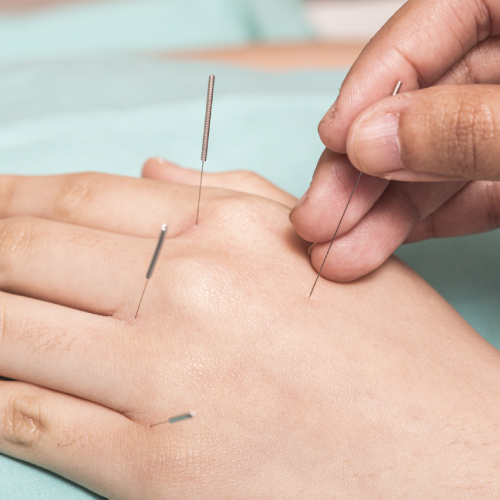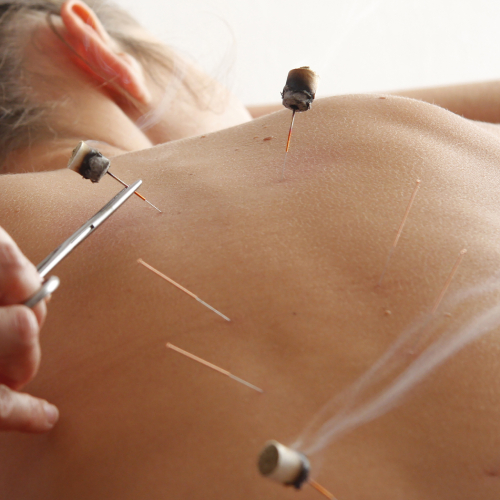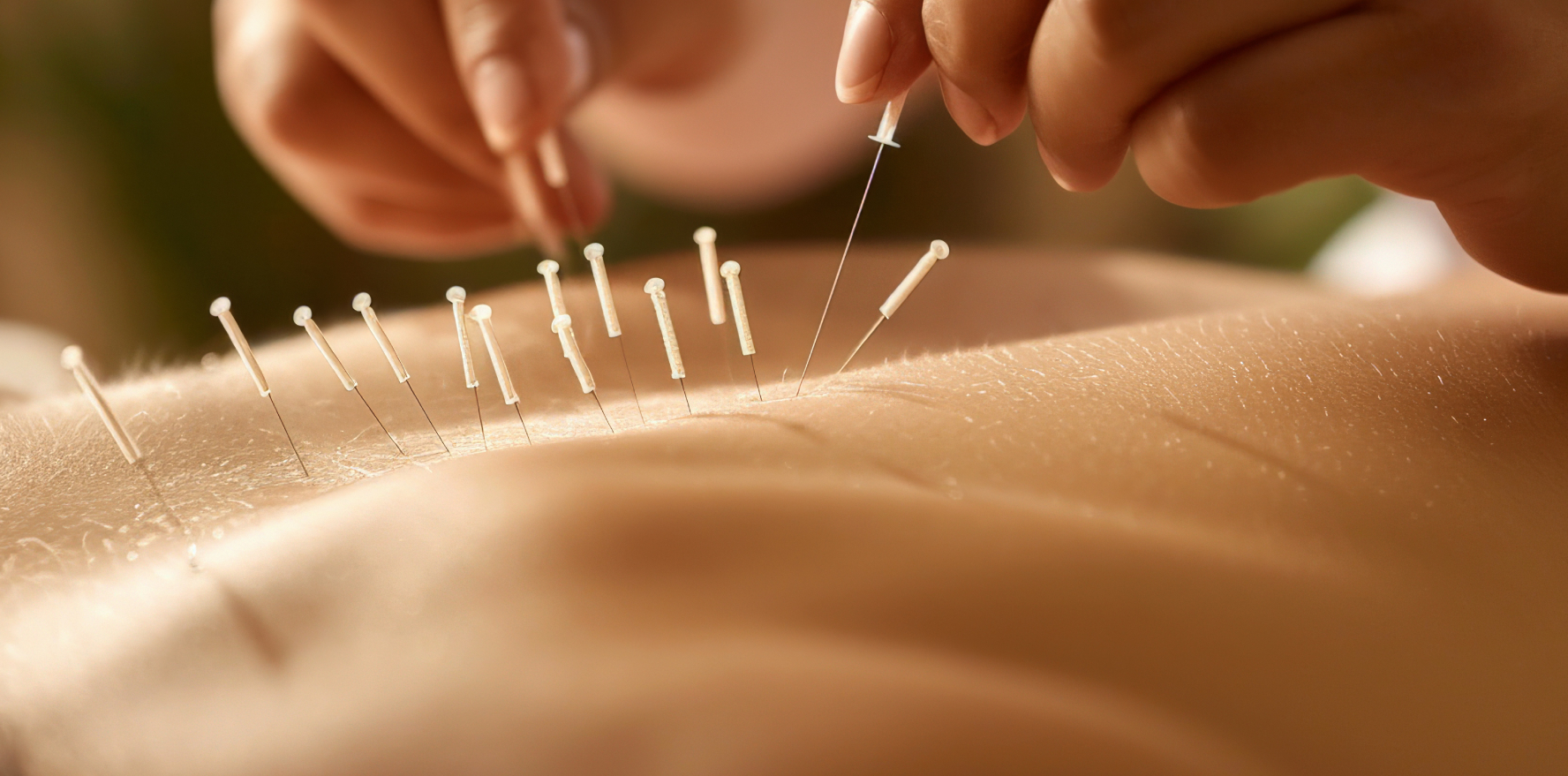Dry Needling Therapy
Dry Needling Therapy is a specialized treatment aimed at alleviating muscle pain and improving functionality. This method involves inserting thin needles into tight or painful muscle areas known as trigger points to stimulate healing and restore muscle function. Unlike acupuncture Dry Needling is primarily focused on muscle tissues helping to relieve discomfort and improve movement.
Techniques Involved in Dry Needling
Dry Needling Therapy includes several methods to target muscle tension and promote healing:
- Trigger Point Dry Needling: This technique involves inserting needles into specific muscle knots or trigger points to reduce pain and enhance range of motion. It helps address muscle tightness and alleviates nerve irritation.
- Superficial Dry Needling: In this method needles are inserted at a shallow depth to help relieve muscle stiffness and facilitate the healing of the tissues.
How Dry Needling Therapy Works
Before beginning the procedure the therapist reviews the patient's medical history and conducts a physical examination. Based on the findings the therapist decides if Dry Needling Therapy is suitable for the individual.
During the session needles are inserted into the trigger points to alleviate muscle pain and stiffness. The goal is to relieve tightness and improve flexibility. In some cases other therapeutic modalities like heat cold or electrical stimulation may also be incorporated into the treatment.
Dry Needling Therapy is a hands-on approach that requires the therapist to carefully insert the needles and monitor the patient's response throughout the procedure.
Key Benefits of Dry Needling
- Relieves neck and back pain.
- Reduces muscle stiffness and inflammation.
- Enhances movement and flexibility.
- Helps treat chronic pain conditions.
- Supports rehabilitation from injuries.
- Improves posture and muscle function.
- Relieves tension headaches and migraines.
- Muscle tension and stiffness.
- Chronic pain syndromes.
- Headaches and migraines.
- Sports-related injuries.
- Joint pain and inflammation.
- Carpal tunnel syndrome.
- Fibromyalgia.
- Myofascial pain syndrome.
- Repetitive motion injuries.
Conditions Addressed by Dry Needling


Precautions for Dry Needling Therapy
Individuals with the following conditions should seek medical advice before undergoing Dry Needling Therapy to ensure safety:
- Acute inflammation or infections.
- Pregnancy (consult your doctor).
- Blood clotting disorders or anticoagulant therapy.
Possible Side Effects of Dry Needling
Although Dry Needling is generally considered safe there may be some mild side effects which typically resolve within a short period:
- Temporary soreness or discomfort at the needle site.
- Fatigue.
- Dizziness or lightheadedness.
What to Expect During Dry Needling Therapy?
Dry Needling Therapy is often well-tolerated though some patients may experience brief discomfort. The sensation of the needles can be sharp but is usually short-lived. The therapy generally provides a calming effect and can be an effective means to address muscle-related pain and stiffness.
